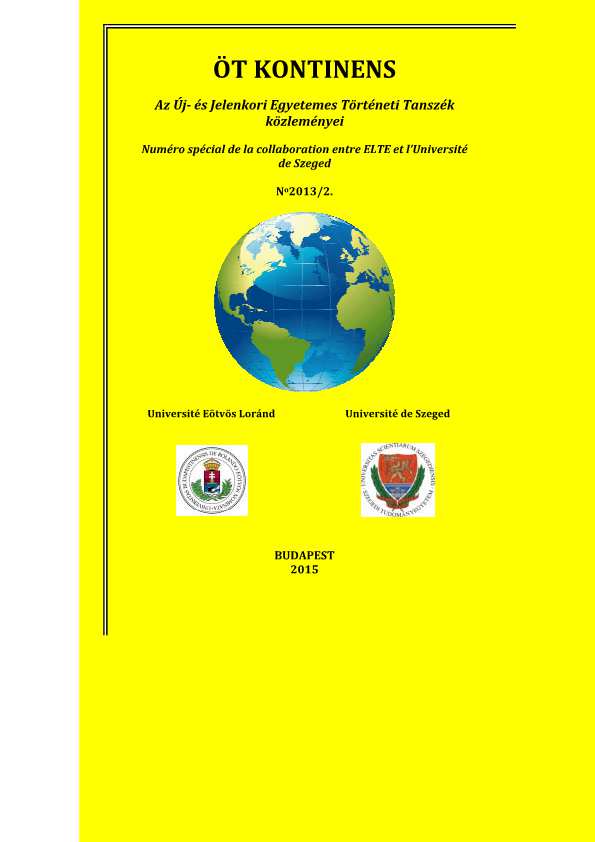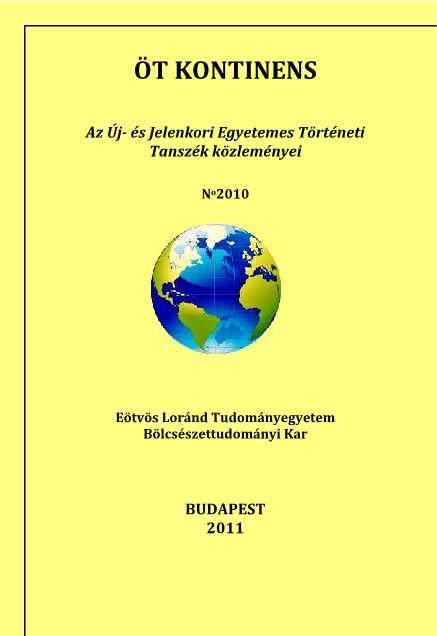Author(s): Witold Filipczak / Language(s): Polish
Issue: 2/2016
At the beginning of the article the author draws attention to the legal aspects connected with the election of candidates who would hold judicial offices, and the changes taking place in this process from the 16th till the 18th c. In the years 1777–1783 there were three district judicial offices, six offices that bore the name starostwo grodowe, and only one office of succamerarius in Sandomierz Voivodeship. In the period under discussion seven sejmiks that gathered in Opatow and one that gathered in Radom chose candidates for the judicial offices of Sandomierz and Radom. In 1783 the sejmiks in Stężyca (for Stężyca district) were probably held three times, but their resolutions are not known. The article discusses preparations for particular sejmiks, their course and decisions that were made. In the years 1777–1778 decisions of two sejmiks that took place in Opatów were questionable from the legal point of view. It was connected with the fact that the judicial office held by a districts’ judge of Sandomierz was regarded as vacated. After the first partition of Poland its holder’s estates found themselves outside the boundary of the voivodeship which was now smaller. Besides, he acted as a judge in the territory occupied by Austria. In 1782 a project approved by the king came into being; it stated that three offices of succamerarius should be established instead of one. The turbulent sejm of 1782 made it impossible to pass the bill on that matter. The following year the king gave up his proposal, which may have been caused by the attitude of the majority of the envoys from Sandomierz Voivodeship during the recent sejm. In compliance with the king’s recommendation candidates for the position of succamerarius of the whole voivodeship were elected in Opatów in 1783. / W początkowej części artykułu przypomniane zostały obowiązujące w Rzeczypospolitej zasady elekcyjności kandydatów na urzędy sądowe, z uwzględnieniem zmian, jakie w tym zakresie zachodziły. W badanym okresie w województwie sandomierskim istniały trzy sądy ziemskie, sześć starostw grodowych, ale tylko jeden urząd podkomorzego. W latach 1777–1783 zebrało się siedem sejmików w Opatowie i jeden w Radomiu, które wybrały kandydatów na sandomierskie i radomski urzędy sądowe. W 1783 r. prawdopodobnie trzy razy obradowały sejmiki w Stężycy (dla powiatu stężyckiego), jednak ich uchwały nie są znane. W artykule omówione zostały przygotowania do poszczególnych sejmików, ich przebieg oraz podjęte decyzje. W latach 1777–1778 w Opatowie dokonano elekcji, dyskusyjnych z prawnego punktu widzenia, które wynikały z uznania za wakujący urzędu sędziego ziemskiego sandomierskiego. Po I rozbiorze jego dotychczasowy posiadacz nie miał już dóbr w pomniejszonych granicach województwa, a ponadto pełnił obowiązki sędziowskie na terenach zajętych przez Austrię. W 1782 r. powstał projekt, zaakceptowany przez króla Stanisława Augusta, powołania trzech urzędów podkomorzego na miejsce jednego, dotychczas istniejącego. Na burzliwym sejmie w 1782 r. nie było możliwości przyjęcia ustawy w tej sprawie. W następnym roku król wycofał się z propozycji, zapewne ze względu na postawę polityczną większości posłów sandomierskich na ostatnim sejmie. Zgodnie z zaleceniem królewskim dokonano więc w Opatowie (w 1783 r.) elekcji kandydatów na urząd podkomorzego całego województwa.
More...









